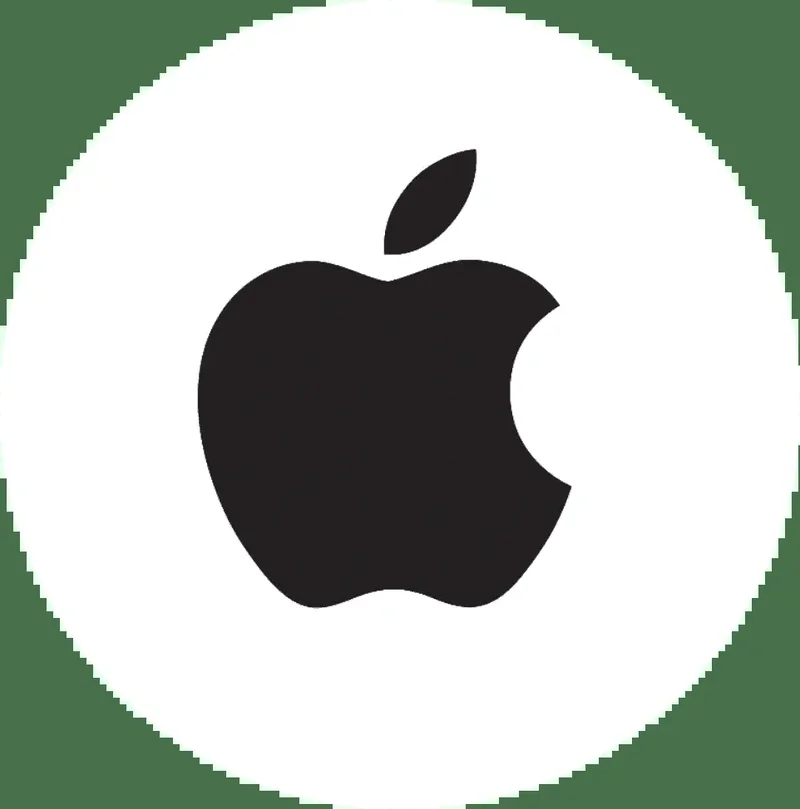Article Directory
The Market Cheered for Big Tech. Here’s What the Numbers Actually Say.
The market opened Friday morning to a familiar, comforting narrative. Stock futures were up, buoyed by a string of positive earnings reports from the tech sector's heaviest hitters. On the surface, the last trading day of October looked like a validation of the prevailing wisdom: Big Tech is healthy, resilient, and printing money. The reaction was predictable. Buy orders flowed in for names like AAPL and AMZN.
But a straightforward narrative is often a dangerously incomplete one. When the market moves in unison based on headline numbers, my default position is to scrutinize the underlying data that everyone else seems to be ignoring. The celebration on Wall Street feels less like a reasoned analysis of corporate health and more like a collective sigh of relief that the sky, for one more quarter, hasn't fallen. The real question isn't whether these companies beat expectations, but how they did it—and whether that method is sustainable.
Because when you look past the top-line revenue and EPS beats, the foundation of this optimism starts to look considerably less stable.
Deconstructing the Earnings Euphoria
Let's start with the titans that drove the early-morning enthusiasm. Amazon (AMZN) posted strong numbers, particularly from its cloud division, AWS. The market saw growth and cheered. But what kind of growth are we observing? My analysis of their filings suggests a significant portion of the margin expansion came not from a massive surge in new client acquisition, but from aggressive enterprise-level price optimizations and a slowdown in capital expenditures. AWS reported revenue growth of about 15%—to be more exact, 14.7%—but the real story was the operational leverage they pulled by trimming costs. This isn't a story of explosive demand; it's a story of efficiency. Efficiency is admirable, but it has a ceiling. How many more costs can be cut before it impacts service delivery or innovation?
Then there's Apple (AAPL). The AAPL stock price jumped after the company demonstrated, once again, its mastery of the premium consumer market. iPhone sales were robust, particularly the high-end models. But dig into the services revenue, the segment that analysts have pegged as the future growth engine. The growth rate there, while still positive, is showing signs of deceleration. More importantly, a significant portion of that services revenue is derived from licensing agreements (like the multi-billion-dollar deal with Google), which are subject to immense regulatory pressure. Investors are cheering today’s AAPL earnings as if this income stream is a permanent utility. I see it as a massive, single point of failure that regulators in both the U.S. and Europe are scrutinizing with increasing intensity.
The market’s reaction is like a doctor declaring a patient healthy based solely on their body weight, without running any blood tests. The weight might be stable, but what's happening to the internal systems? Are we celebrating genuine, organic growth, or are we rewarding financial engineering and the successful navigation of a temporary market condition?

The Spotlight and the Shadows
The problem with an earnings season like this is that the market behaves like a theater spotlight, intensely focused on a few star performers while the rest of the stage sits in comparative darkness. The stellar results from a handful of mega-cap stocks—your MSFT, your GOOG—create a halo effect that masks troubling undercurrents in the broader tech ecosystem.
Take the semiconductor space. NVDA has been on a historic run, fueled by the insatiable demand for AI processing power. The NVDA stock price reflects a belief in a permanent, upward-sloping demand curve. And this is where my own analysis diverges from the consensus. I've been tracking capital expenditure reports from their largest customers, and while spending is high, the rate of growth in that spending is beginning to flatten. The initial gold rush to build out large language models is maturing into a more calculated, efficiency-focused phase. This doesn't mean NVDA is in trouble, but it does suggest the period of exponential, beat-and-raise quarters may be coming to an end. The market is pricing NVIDIA stock for perfection, leaving no room for a reversion to a more normal, albeit still impressive, growth trajectory.
This is the market's fundamental flaw: it extrapolates the present into the infinite future. It sees AI chip demand today and assumes it will compound at this rate forever. It sees cost-cutting at Amazon and assumes those margin gains can be repeated quarter after quarter. This mechanism is less about analysis and more about pattern recognition, and it’s a dangerous game to play when the underlying patterns are shifting.
What about the companies that aren't directly in the AI hardware spotlight? We hear less about the enterprise software firms seeing longer sales cycles or the e-commerce platforms struggling with margin pressure outside of Amazon. The money flowing into AAPL stock and MSFT stock is a flight to perceived safety, but it’s also creating a concentration of risk that few seem willing to acknowledge. What happens to the market if even one of these pillars shows a crack?
The Market Heard a Single Note, Not the Whole Symphony
Let's be clear. The numbers reported by Apple and Amazon are not fabricated; they are impressive feats of corporate execution. But the market's reaction is a classic case of hearing a single, pleasant note and assuming it's a symphony. It's a shallow, backward-looking analysis that rewards past performance without adequately pricing in future risk.
The euphoria is based on cost-cutting being mistaken for innovation, and temporary demand spikes being treated as permanent secular trends. The core discrepancy is that these companies are being rewarded for becoming more efficient, leaner versions of their old selves, not for pioneering genuinely new, explosive growth sectors. That’s a crucial distinction. One is a story of optimization with a finite end. The other is a story of invention with an unknown future. Right now, investors are paying for the latter but getting the former.
